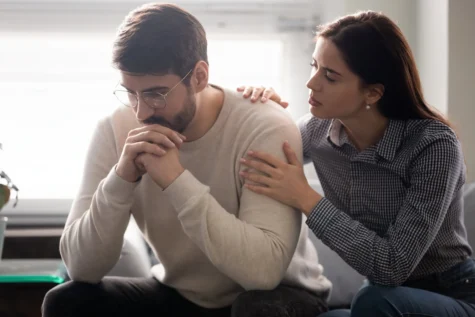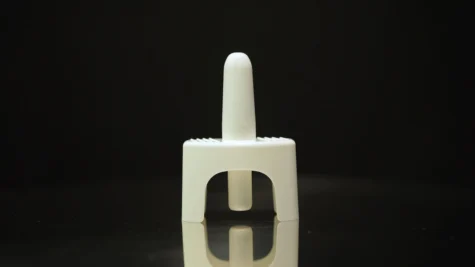One of the most significant health crises in the past 25 years is the opioid overdose crisis. From 2000 to 2019, overdose deaths caused by opioid use increased by more than 400%. From 2019 to 2022, opioid-involved overdose deaths increased from 49,860 to 81,806. Put another way, more than 130 people die each day from opioid-related drug overdose. These statistics are overwhelming, but there have been a couple of pieces of good news. First, 2023 marked the first time since 2018 that there was a decrease in opioid overdose deaths. Second, from 1996 to 2014, at least 26,500 opioid overdoses in the United States were reversed by laypersons using naloxone. This article will explain how naloxone can save lives and what each of us can do to help.
What is Naloxone?
Naloxone is a life-saving medication known as an “opioid antagonist.” This means it can block the effects of opioids. It acts rapidly to reverse an overdose by binding to opioid receptors that would be targeted by opioids such as heroin, fentanyl, or prescription painkillers. Opioid antagonists bind to the opioid receptors but don’t activate them. In addition to naloxone, there are a handful of other opioid antagonists–naltrexone, nalmefene, and methylnaltrexone. Each of these also has a brand name. The brand name of naloxone is Narcan, and it comes as an injection or nasal spray. Some opioid antagonists come in the form of oral tablets. These medications have become a critical tool for fighting back against the opioid crisis.
Naloxone Can Save Lives in an Overdose
Opioid overdoses can happen quickly and without warning, so immediate intervention is critical. If you were thinking it’s unlikely you might be in a position to intervene and help, think again–this study from the CDC found that during a six-month study in 2019, bystanders were present during one in three opioid overdoses. While there are too many stories that don’t end well, this story about a mother whose overdose was reversed by a police officer in 2016 has gone viral–in 2019, she celebrated three years of sobriety. Naloxone and Narcan have allowed friends, parents, and strangers to save lives.
Where to Get Naloxone
Because of naloxone’s success, many programs and policies are working toward making it more readily available to the public. It is available in all 50 states, and the CDC recommends talking with your doctor to get naloxone if you’ve been prescribed high-dose opioids.
Community organizations and harm reduction programs also play an important role in distributing naloxone, often providing take-home programs, kits, and training. Some communities have even repurposed old newspaper dispensers to house free naloxone kits, which are available 24/7. Pharmacies can often distribute naloxone without prescriptions.
While naloxone and other opioid antagonists are becoming more readily available, there are still some barriers, such as liability concerns, financial constraints of offering it for free, and social stigma around carrying naloxone. There is still plenty of work communities can do to equip themselves to prevent opioid overdose deaths.
Misconceptions and Stigma Around Naloxone
One big misconception about naloxone is that it enables or encourages drug use. Research has consistently proven naloxone availability does not lead to increased drug use. Still, stigma remains and prevents people from carrying naloxone out of fear of being judged or discriminated against. Communities and pharmacies are also not immune from stigma, so they may not make it as readily available as they could. It is important to continue having open conversations and educating about how naloxone can save lives.
Treatment Services from Southern Sky Recovery
We believe in treating the whole person—mind, body, and spirit. Our team provides a supportive and structured environment where individuals can build the tools they need for long-term recovery. Our evidence-based programs offer different levels of care and are tailored to meet you where you are. Healing is possible, and you don’t have to do it alone. Contact us today to learn how we can help you take the next step forward.
FAQs About How Naloxone Can Save Lives
Who Should Carry Naloxone?
Anyone who is at risk of an opioid overdose should carry naloxone. This includes people in recovery, individuals with a history of substance use disorder, or anyone taking prescribed opioids for chronic pain. If you know someone who is at risk of an opioid overdose, you should also carry naloxone. Because an overdose can happen quickly and unexpectedly, it is much better to have it and not need it than to need it and not have it. Having it nearby increases the chances of saving someone’s life.
Is Naloxone Safe to Use?
Yes, naloxone is very safe. It has no potential for abuse and won’t cause any harm, even if administered to someone who is not experiencing an opioid overdose. Emergency responders have safely and successfully used naloxone for decades. It also only works on opioids, so even if another substance is involved, it won’t cause adverse effects. Side effects are rare and usually mild, such as nausea or agitation.
Can Naloxone Be Used More Than Once?
Yes, naloxone can be safely used more than once in the same situation. If a person does not respond within the first 2 to 3 minutes, doses should continue to be given every 2 to 3 minutes per the instructions for Narcan nasal spray, the brand name of naloxone.
What Should I Do After Giving Someone Naloxone?
Anyone administering naloxone should call 911 immediately, even if the person regains consciousness. It is important to stay with the individual and continue monitoring their condition until emergency services arrive. In some cases, a person may relapse into the overdose symptoms they were experiencing, so stay ready to give additional doses if needed. While naloxone will provide temporary relief, it is still critical that someone receive medical care from a professional.
Can Naloxone Really Save Someone’s Life During an Overdose?
Yes, naloxone has literally saved tens of thousands of lives. Studies from SAMHSA (Substance Abuse and Mental Health Services Administration) and the National Institute of Health (NIH) confirm its effectiveness and endorse its use in community settings. Nearly 1,500 lives were saved by naloxone per year from 1996 to 2014, and that number can be significantly higher if people are trained and prepared to administer naloxone.
What Forms Does Naloxone Come In?
Naloxone is available in several forms:
Nasal spray (Narcan)
Injectable vial
Pre-filled auto-injector (Evzio)
The nasal spray is the most common option because it’s easy to use and doesn’t require needles. All forms are effective, act quickly, and work within 2 to 3 minutes. Various formats mean greater accessibility.



